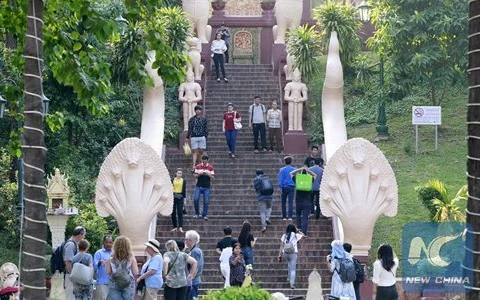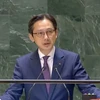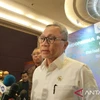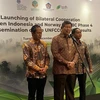Hanoi (VNA) – Some 887,039 Chinese tourists came to Cambodia in the first four months of 2019, up 37 percent from the same period last year, Xinhua news agency reported, citing a report announced on June 6 by the Cambodian tourist ministry.
China is still the largest source of foreign tourists to Cambodia, accounting for 36.7 percent of the total foreign arrivals to the kingdom during the January-April period this year, the data said.
Cambodia welcomed a total of 2.41 million foreigners in the reviewed period, up 11 percent on a yearly basis, it said.
Xinhua reported that Cambodian Tourism Minister Thong Khon said at a Cambodia-China culture and tourism event in Phnom Penh on June 5 that China is a huge market for Cambodia's tourism industry.
"We hope to attract about 2.6 million Chinese tourists in 2019, 3 million in 2020, 5 million in 2025 and up to 8 million in 2030," he was quoted as saying by the Chinese news agency.
Last year, the country received 6.2 million foreign tourists including 2 million Chinese, earning gross revenue of 4.35 billion U.S. dollars, Thong Khon said, adding that tourism contributed 12.7 percent to the country's GDP (gross domestic product) last year.-VNA
VNA





















